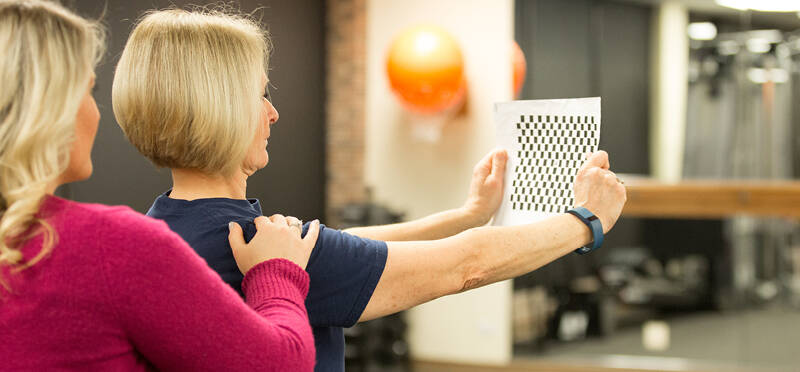Coccygodynia: A Pain in the Butt
Posted on December 20, 2013 by Athletico
It’s that time of the year! The snow is falling, it’s getting colder and the sidewalks are a little slippery....
(more…)





